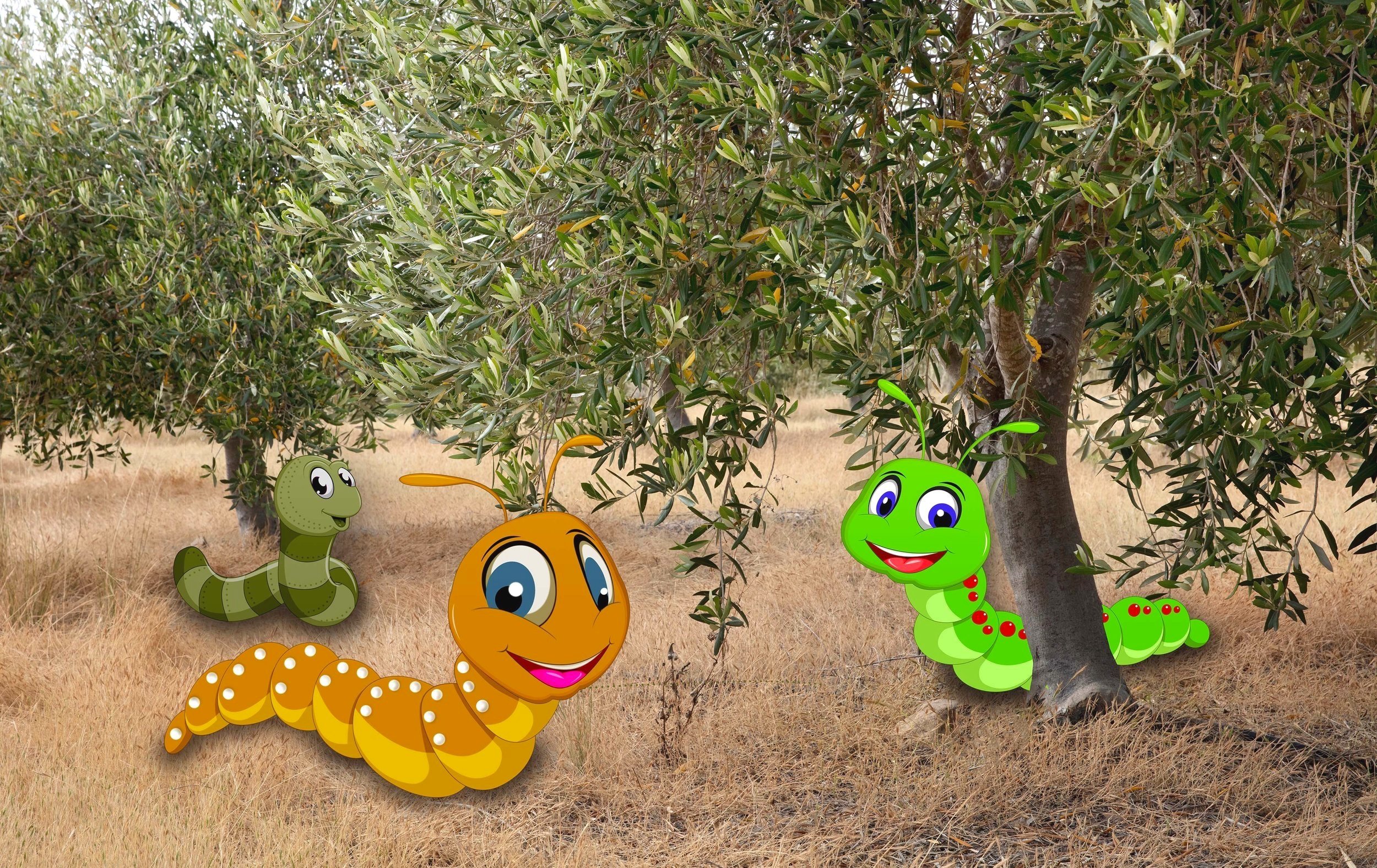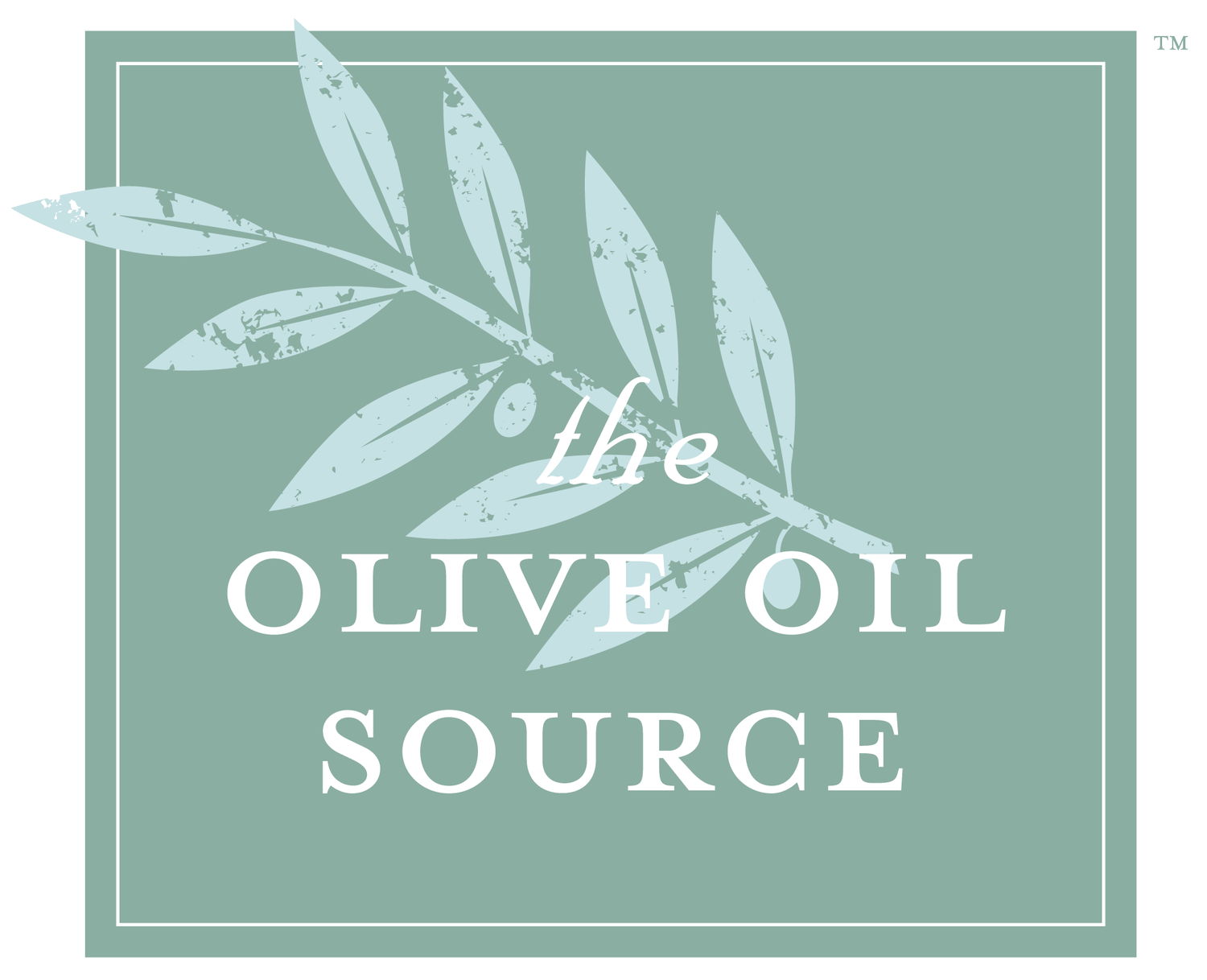
Nematode Control
Nematodes are microscopic true roundworms; plant parasitic nematodes are those who derive their nutrition directly from plants. Of concern to olive growers are nematodes that feed on olive roots and increase to high population levels.
TYPES OF NEMATODES
Different types of nematodes can be found in olive orchards: several types of root lesion nematodes, citrus nematodes, and root knot nematodes. Affected roots have somewhat different symptoms in each case. Unhealthy trees in localized area of the orchard are among the most obvious symptoms of nematode damage. Fruit size on affected trees can be reduced. The damage depends on soil texture and seedling and rootstock variability.
DIAGNOSIS
To determine with certainty whether nematodes are present, a soil sample must be taken for nematode analysis. Sampling can be done at any time of the year. It is best to sample when the soil is moist, preferably within one week after rainfall or irrigation.
Separate samples should be taken from different orchard sections with different soil texture, drainage patterns, and cropping history, so that problems unique to each section can be identified. A nematode analysis sample for one section consists of about 1Q (1L) of soil taken form a mixture of 5 to 20 subsamples. Nematodes are harder to detect when soil has been fallow or recently planted in non-host crops, such as cereal grains. In these cases, taking 20 sub-samples increases the likelihood of detecting their presence.
In an established orchard, separate sub-samples should be taken for comparison from around trees that show symptoms and around trees that look healthy. Subsamples should include feeder roots when possible and should be taken in zones that are frequently wetted at the edge of the canopy.
For each sample, collect sub-samples at various depths from 6” to 3’ (15 to 91cm) using a soil auger, a sampling tube, or a shovel. Thoroughly mix the subsamples in a bucket and take 1Q (1L) as a representative sample for the sampling section. Pour the sample in a plastic bag or moisture proof container; seal it tightly and keep it in the shade. Label each bag not only with your name and address, but with as much information as possible, including the location of the orchard, the particular section within the orchard, the soil type or texture, past cropping history, drainage patterns, and notable symptoms. This information is indispensable for a meaningful analysis. Send the sample as quickly as possible, in a box insulated with newspaper or in a Styrofoam box. Make sure to tell the lab to process the sample as soon as they receive it.
MANAGEMENT AND SOIL FUMIGATION
Nematode pests cannot be eradicated completely over a large area. Nematode populations rebuild gradually over time, and no post-planting eradication treatments are available. It is critical to fumigate before planting if nematodes are present or suspected because it allows an orchard time to develop a healthy root system that can ultimately withstand or tolerate future nematode damage. Proper water and cover crop management can help to avoid damage from these nematodes in established plantings. Infested and weakened trees should be irrigated more frequently to avoid plant stress. Most cover crops will host root knot nematode and root lesion nematode, so they have to be treated or eliminated if nematodes are present. Use of nematode free planting stock is also important.
The quantity of chemical applied is only one of many factors that determine the success of soil fumigation. Equally important is the soil moisture content, soil texture, and soil temperature.
Tree stumps and old roots larger that ½” (1.3cm) in diameter harbor nematodes and protect them from fumigation. These sources must be removed before treatment.
The best time to fumigate is usually from September until mid-November, but that can vary geographically and with soil texture. Greater flexibility is possible in sandy soils. Soils conditions that are less than ideal can reduce the extent of protection from 6 years to 6 months.
SOURCES
UC Integrated Pest Management Program – Nematodes
G. Steven Sibbett and Louise Ferguson: Olive Production Manual, University of California.
Paul M. Vossen: Organic Olive Production Manual, University of California.
